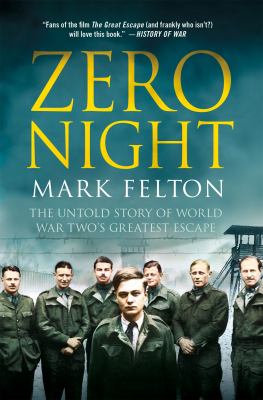Another great escape

It was a stroke of brilliance. In 1942 a group of Allied officers, desperate after years of imprisonment, hatched an exceptionally audacious plan to escape Oflag VI-B, their freezing, vermin-infested prisoner of war camp on the dusty plains of northwest Germany. They weren't going under the two eight-foot barbed wire perimeter fences in a tunnel, and they weren't going through the fences by cutting the wires, instead forty daring men were going over the fence to freedom.

Inspired by assault ladders used to scale medieval castle walls, the men conceived of a bridge and ladder contraption that would hook onto the wires and allow a mass escape, the very thing most dreaded by their German guards. Pilfering scarce lumber, nails, and rope the prisoners built the first ladder and then secretly practiced assembling and scaling it since the apparatus required tremendous strength and split-second timing.
Of course just building the ladder was only one piece of a complex puzzle; the men needed to figure out how to extinguish the perimeter lights and create a diversion for the armed sentries. Maps needed to be forged, rations hidden, clothing and knapsacks made, and meticulous escape routes planned to maximize their chances of freedom. All the pieces fell into place on Zero Night, August 30, 1942: the lights went out, the diversion started, and forty men, their hearts in their throats, waited for the signal.















